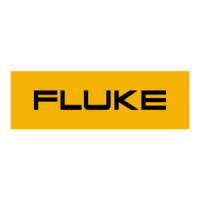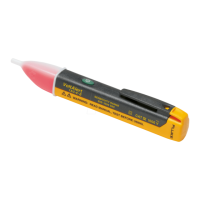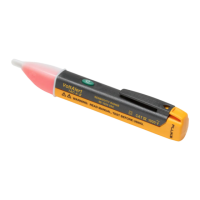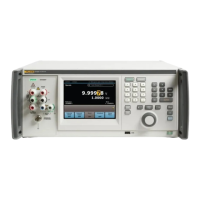5700A/5720A Series II
Operators Manual
5-10
5-13. Response Message Syntax
In Table 5-2, responses from the calibrator are described wherever appropriate. In order
to know whether to read in an integer, a floating-point number, or character string, the
first entry is (Integer), (Floating), or (String).
Note
The responses described in the command tables are correct for IEEE-488
remote control, and for serial remote control in COMPUTER mode.
TERMINAL mode (in serial remote control), responses contain more
descriptive text intended for an operator using a terminal interactively.
Integers for most controllers or computers are decimal numbers in the range -32768 to
32767. Response elements of this type are labeled as “integer” in the command tables.
Floating-point numbers may be in exponential form, i.e. “1.15E-12”. String responses
may be any ASCII printing characters. A special case of string response is in the
CAL_CLST?, CAL_SHIFT?, CAL_SLST?, CAL_RPT?, ECHO?, EXPLAIN?,
RPT_STR?, *OPT?, and *STATE? commands. Those strings include leading and trailing
quotation marks. (See Table 5-2 for details.)
5-14. Input Buffer Operation
As the calibrator receives each data byte from the controller, it places the bytes in a
portion of memory called the input buffer. The input buffer holds up to 128 data bytes
and operates in a first in, first out fashion.
The calibrator treats the EOI IEEE-488 control line as a separate data byte and inserts it
into the input buffer if it is encountered as part of a message terminator.
Input buffer operation is transparent to the program running on the controller. If the
controller sends commands faster than the calibrator can process them, the input buffer
fills to capacity. When the input buffer is full, the calibrator holds off the IEEE-488 bus
with the NRFD (Not Ready For Data) handshake line. When the calibrator has processed
a data byte from the full input buffer, it then completes the handshake, allowing the
controller to send another data byte.
The calibrator clears the input buffer on power-up and on receiving the DCL (Device
Clear) or SDC (Selected Device Clear) messages from the controller.
Under RS-232C serial port remote control using Control/S (XOFF) protocol, the
calibrator issues a Control/S (XOFF) when the input buffer becomes 80% full. The
calibrator issues a Control/Q (XON) when it has read enough of the input buffer so that it
is less than 40% full. When using RTS (Request to Send) protocol, the serial interface
retracts and asserts RTS in response to same conditions as for XON/XOFF protocol.
5-15. Commands
Table 5-1 summarizes the commands by function. Table 5-2 provides protocol details of
the remote commands. Table 5-3 provides protocol details of the three special commands
available for serial remote control only. The commands duplicate almost all activities that
can be initiated from the front panel in local operation. Separate headings for each
command in the tables provide the parameters and responses (if any), and an example for
cases in which the parameters are not self-explanatory.

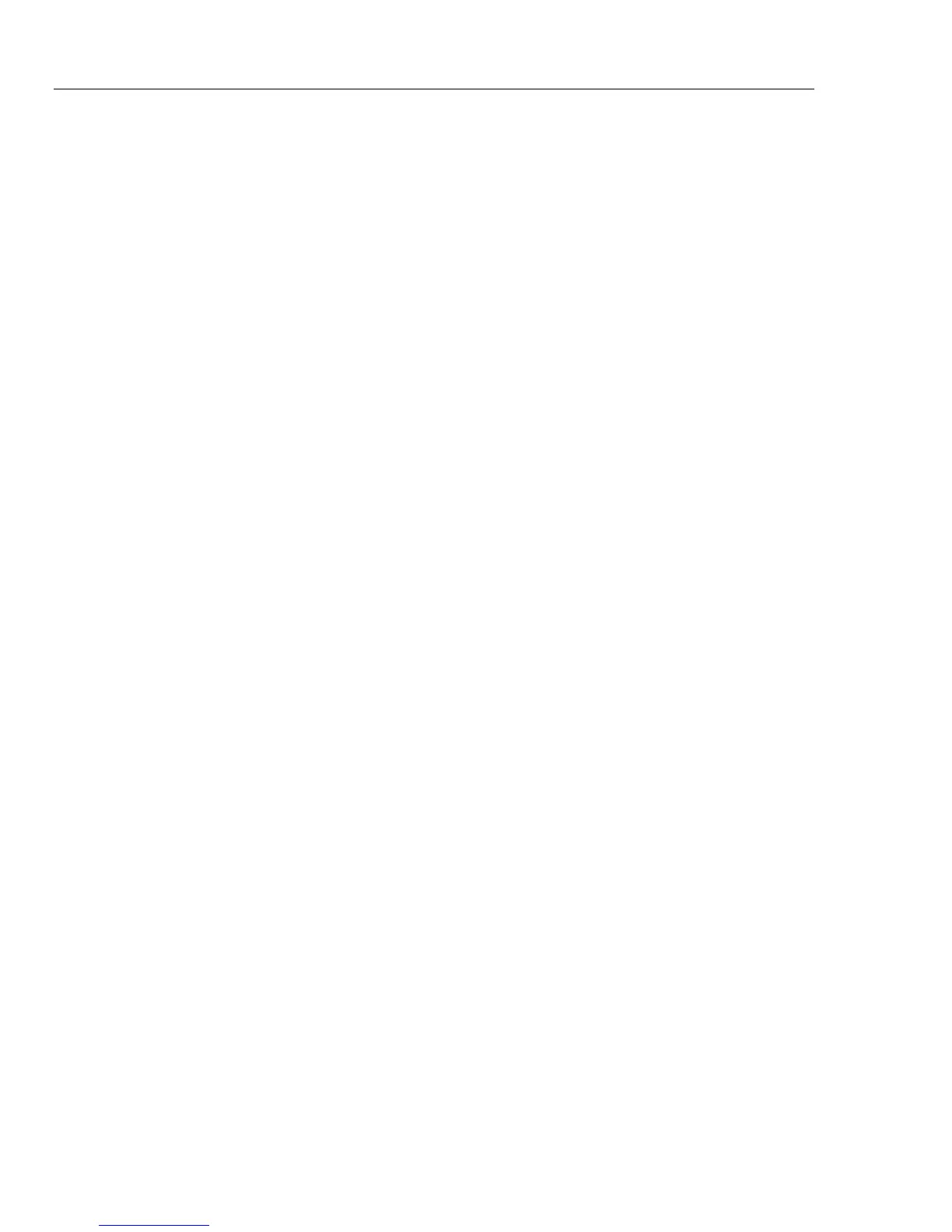